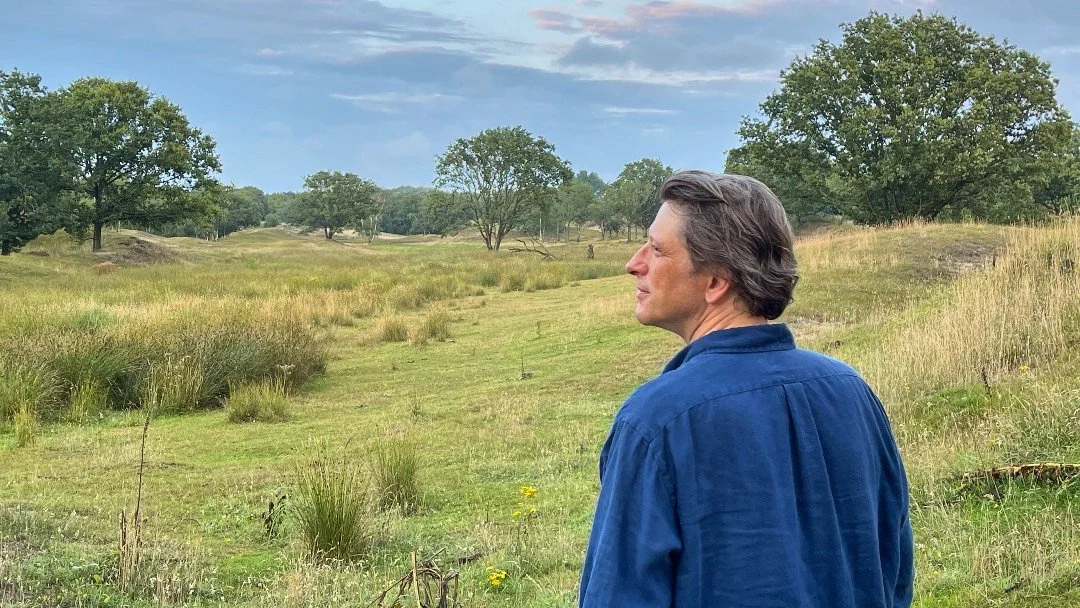If two people could combat our growing urban disconnection, it is Adam White and Andrée Davies of Davies White Limited. I met them at our first Biophilic Design Conference at the Barbican, and immediately warmed to their infectious passion for better landscape design. Design which helps reimagine spaces from playgrounds to hospitals through a beautiful and playful biophilic lens, pulling on our emotional responses to nature.
They construct, if you will, beautiful narratives of human-nature coexistence. Instead of viewing landscapes as static backdrops, they help encourage us to understand them as dynamic, living systems that actively shape human experience and ecological health.
I think it’s the creativity I love most about their work. The balance of science, planning and artistry. Their approach is rooted in a deep understanding of ecological systems and human psychology. With projects ranging from micro-forest playgrounds to hospital gardens, each is designed to restore our biophilic fundamental relationship with the natural world. Take their recent West London micro-forest playground project. By densely planting trees and creating intricate ecological landscapes, they're not merely designing a play area, but constructing a living classroom. The project embodies their core belief: that understanding nature begins with immersive, tactile experiences…. READ ON and Watch the interview…




















